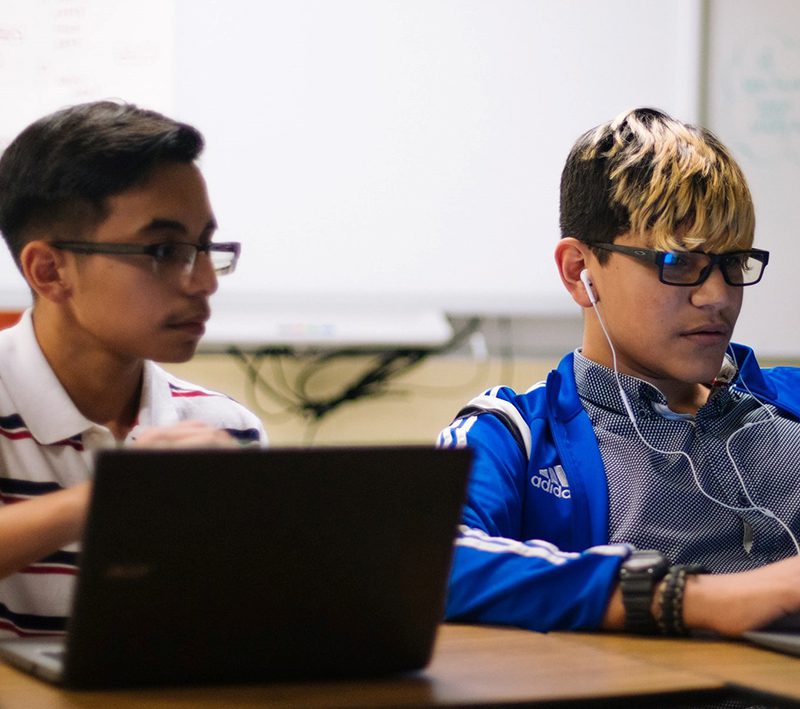The digital divide is getting wider. The pandemic, like other crises, has highlighted how tech solutions fall short for many learners. How can providers meet the vast array of needs for their audiences? Here are six methods publishers can use to bridge the digital divide.
Spotlight Print Books to Bridge the Digital Divide
First, spotlighting print books is good for readers and publishers. Print books give all readers access to education. Still, readers want to see themselves in the books they read. Offer up new voices. Showcase authors who have jumped over the gap. Introduce readers to authors who have similar backgrounds. Inspire readers with characters who have overcome similar obstacles the readers have faced. Also, popular backlist titles let publishers gain access to organizations that come in physical contact with readers.
Get print books in the hands of readers
Likewise, partnerships with schools and food distribution sites give publishers access to young readers. Together, these groups get take-home book bundles into the hands of Pre-K to 12th grade readers. Besides that, a crisis is a good time to send books into a community. Evergreen topics such as resilience and hope inspire readers of all ages. Print books give students access to education with or without digital tools.
Bridge the Digital Divide by Distributing Physical and Digital Titles
Still, digital delivery is easier and cheaper for publishers. Yet, many readers cannot access digital books. Sadly, these readers need books the most. So, a blended approach lets publishers offer options to these readers offline. Physical books of popular titles and backlist classics let publishers supplement them with curriculum tie-ins. Publishers can dive into their backlists to offer families those familiar stories and characters. Beloved characters can serve as online cheerleaders and guides. Also, publishers can prioritize access to highly-anticipated books. Most importantly, online bookstores that work on mobile devices are an effective sales funnel to a physical bookstore filled with quality products.
Focus on Quality to Improve the Access to Education
Additionally, high-quality content rules. Curated collections must be easy to access for all people in the community. Do not put the good stuff behind the paywall. Subscription services are an expensive luxury. Showcased books on social media channels, such as #BookTok to bump up backlist sales. Therefore, these quality books get into the hands of readers. Leaders can invest in training their teams to filter by genre, age, and standards, so readers can find books to read. Besides that, community partnerships continue to be powerhouses that bridge the digital divide. Community libraries and school media centers know who needs access the most.
Partner with the Community
Besides that, community partners know how to give access to those who need it the most. They bridge the connection between publishers and the community. Also, state and national-funded programs that promote accessibility are vital. Besides that, these programs understand the different needs of rural and urban audiences. Mobile libraries and book fairs are great assets for providers. In addition, publishers can create digital materials that let teachers incorporate virtual book fairs and author visits into their curriculum.
Bridge the Digital Divide by Showcasing Authors and Illustrators
Therefore, authors are worth the investment. Students on the other side of the digital divide may only have access to authors in school. Virtual author visits inspire students. Providers can sponsor both virtual and physical author visits. Besides that, publishers can set up central platforms for readers to access authors rather than the myriad of social media platforms. Promote and support connections by offering readers access points to content and creators.
Point Readers to Access Points
Likewise, publishers bridge the digital divide by partnering with telecom companies. For instance, T-Mobile created Project 10 Million to bridge the digital divide. The pandemic crisis set up a model of how to provide access to students when they are offline. Publishers can consider donating portable hotspots. Tablets loaded with top titles can be checked out from library partners. Publishers and telecom companies together can give access to education. Also, these programs that offer students quality content, help level the playing field.
In sum, publishers can bridge the digital divide by making quality products. These products can meet the readers’ needs. Also, partnerships with community organizations that have physical contact with readers are great book distribution points. Besides that, pointing to digital access points lets students have access to education.




